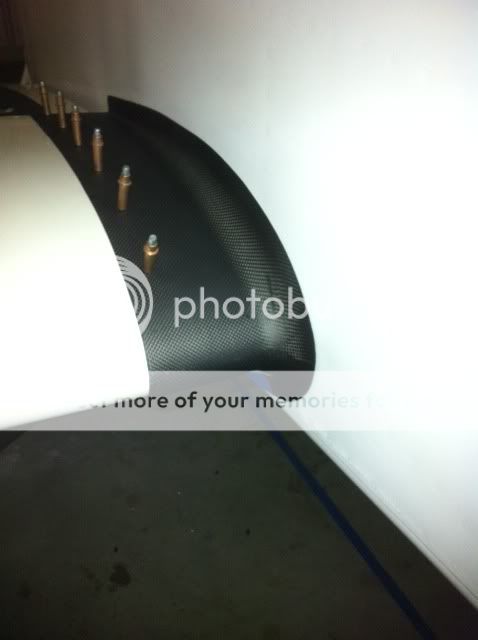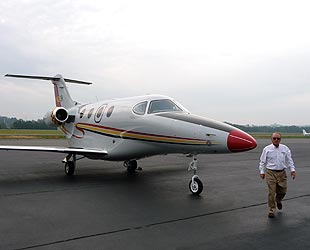Cfrisella
Well Known Member
This another item I'm working on. I got the passenger side wing root fairing trimmed and fitted today. It went on really nice! I got to give Van's some credit though. All design dimensions where taken right off our build plans. I just scaled them up and built them in SolidWorks. It will probably be a month until I can do the pilot side, but I'll keep you posted as they progress.








